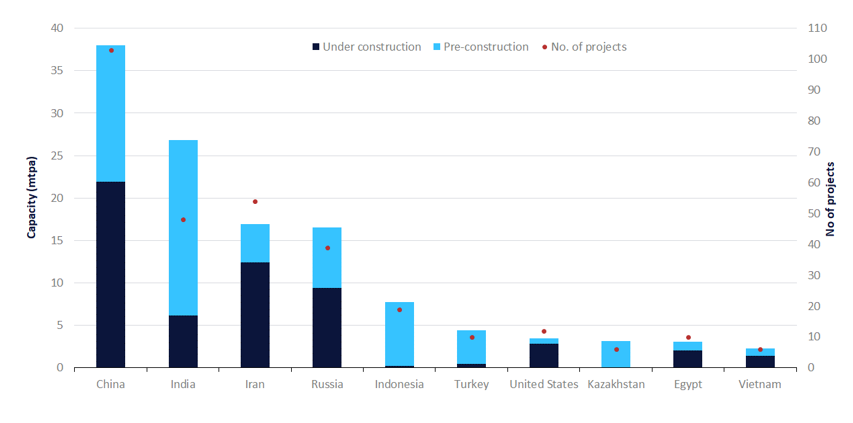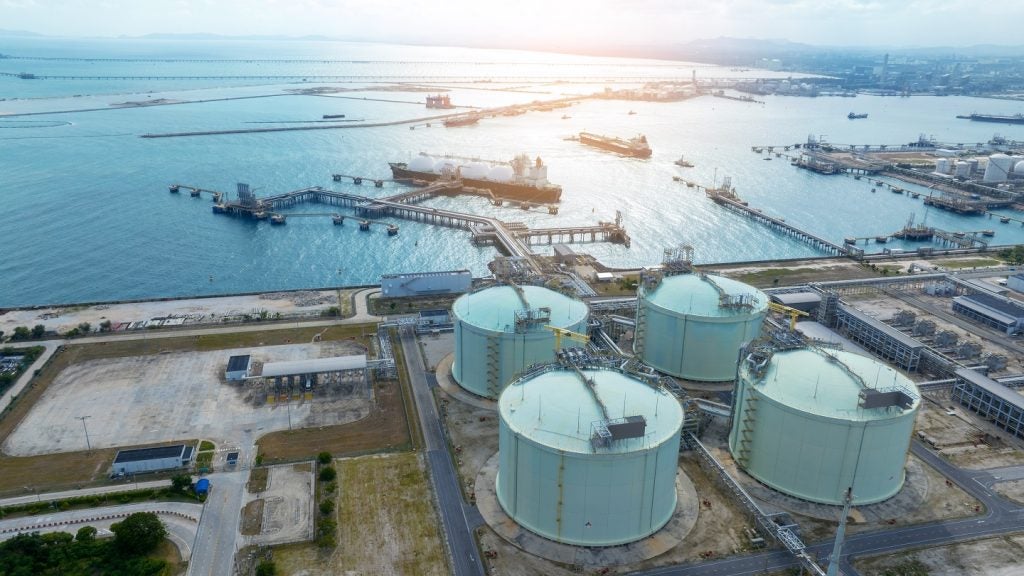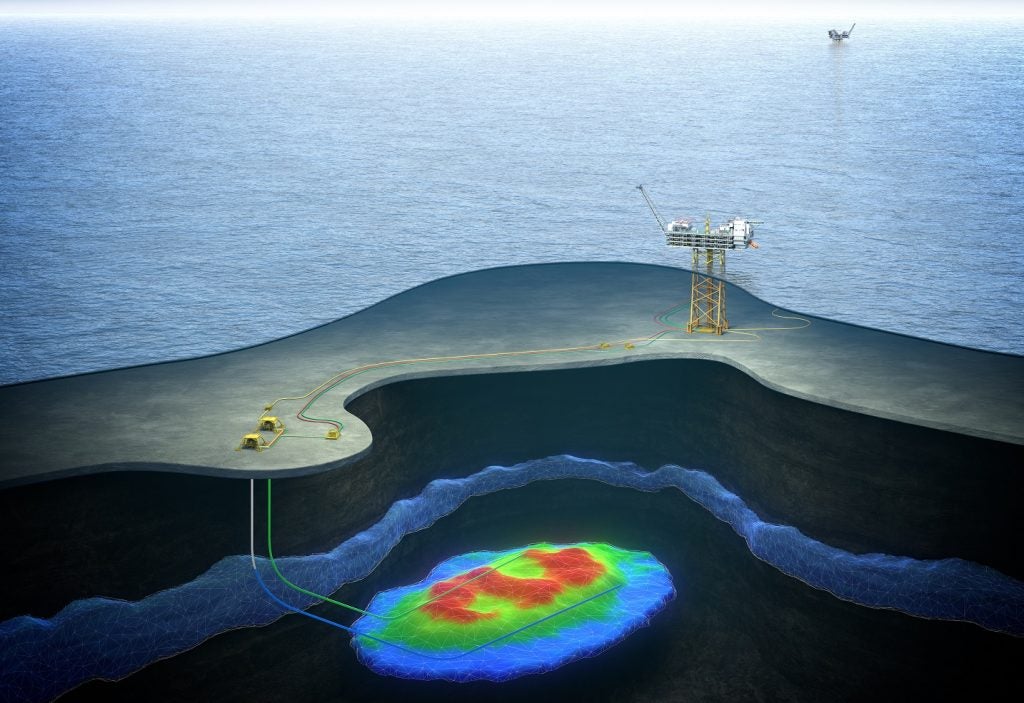
With its coastline on the North Sea, Norway is an important country for the oil and gas industry. The country is currently the 15th-largest oil producer in the world, with a production rate of 1,647,975 billion barrels per day.
New developments and exploration efforts in the area are expected to increase production, but will that be enough to keep Norway’s offshore industry afloat? Offshore Technology explores Norway’s position in the oil and gas market.
Norway oil production forecast
In January 2019 the Norwegian Petroleum Directorate (NPD) forecast an increase in production in Norway, predicting that production will eventually reach the highest levels since 2004.
NPD director general Bente Nyland said: “The activity level on the Norwegian Shelf is high. Production forecasts for the next few years are promising and lay a foundation for substantial revenues, both for the companies and the Norwegian society. There is considerable interest in exploring for oil and gas.”
In April 2019, a GlobalData report showed that Norway made five of the 11 global oil and gas discoveries in the first quarter of 2019, leading in discoveries in that period. 87 Norwegian exploration licences were awarded in 2018, a new record for the country.
Developments in the Norwegian North Sea are also expected to increase production for the country. A total of 53 exploration wells were drilled in 2018, an increase from the 36 spudded in 2017.
How well do you really know your competitors?
Access the most comprehensive Company Profiles on the market, powered by GlobalData. Save hours of research. Gain competitive edge.

Thank you!
Your download email will arrive shortly
Not ready to buy yet? Download a free sample
We are confident about the unique quality of our Company Profiles. However, we want you to make the most beneficial decision for your business, so we offer a free sample that you can download by submitting the below form
By GlobalDataThe Johan Sverdrup discovery, one of the largest discoveries on the Norwegian Continental Shelf, has expected resources of 2.1 billion to 3.1 billion barrels of oil equivalent (BBoe) and is due to start production in late 2019.
The Johan Castberg field in the Barents Sea has proven volumes at an estimated 400-650 million barrels of oil, with first oil on the field expected in 2022.
The NPD estimates that more than half of the oil and gas that has not yet been discovered is located in the Barents Sea, with the rest distributed between the North Sea and the Norwegian Sea.
Norway’s oil and gas industry: Uncertain future
However, despite this potential, Norway’s oil and gas industry faces some financial uncertainty over the next few years.
Despite the high levels of exploration activity and new developments in the North Sea, Norway’s production is at risk of declining without additional projects to sustain it after the mid-2020s.
In the NPD’s 2018 Resource Report, director of exploration Torgeir Stordal said: “Production from these sources will begin to decline from the mid-2020s, and resources which have still to be discovered will start making their mark.
“Several years pass between a discovery and bringing it on stream, so making new and large discoveries quickly is necessary for maintaining production at the same level from the mid-2020s.”
Nyland said: “The high level of exploration activity proves that the Norwegian Shelf is attractive. That is good news! However, resource growth at this level is not sufficient to maintain a high level of production after 2025.”
In March 2019 Norway’s Government Pension Fund Global (GPFG) ceased its investment in oil and gas, marking the end of a “historical enthusiasm” for the sector.
Explaining the decision, Norway’s minister of finance Siv Jensen said: “The objective is to reduce the vulnerability of our common wealth to a permanent oil price decline. Hence, it is more accurate to sell companies which explore and produce oil and gas, rather than selling a broadly diversified energy sector.”
While the Norwegian government insists this decision does not reflect any views on the sustainability or profitability of the oil and gas sector, it nevertheless represents a significant shift in Norway’s oil and gas industry.
Commenting on the GFPG’s decision, director of finance at the Institute for Energy Economics and Financial Analysis Tom Sanzillo said: “The reason given by the Government is to reduce the total oil price risk exposure in the Norwegian economy. This has some good economic sense for a country like Norway, with its petroleum income dependence.
“But one cannot ignore that this is an actual change in policy, which sends signals or indications to the market.
“We aren’t about to end our use of fossil fuels for the likes of aeroplanes and ships, substantial pieces. So there is some market there but what you’re seeing is an overall smaller market, with smaller profits and higher costs, and so you’ll have a very different fossil fuel sector in the future.”






